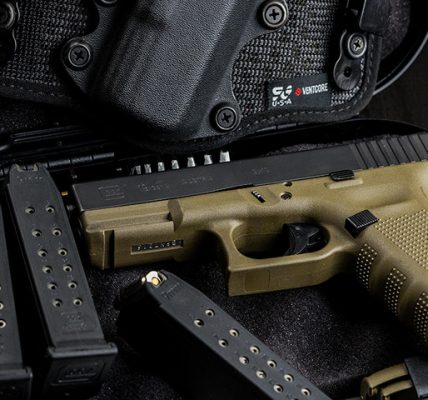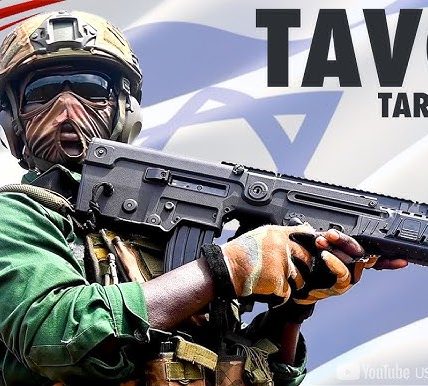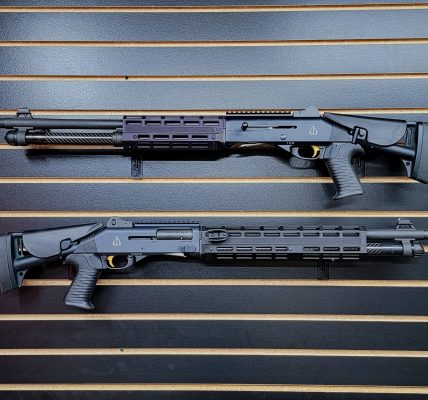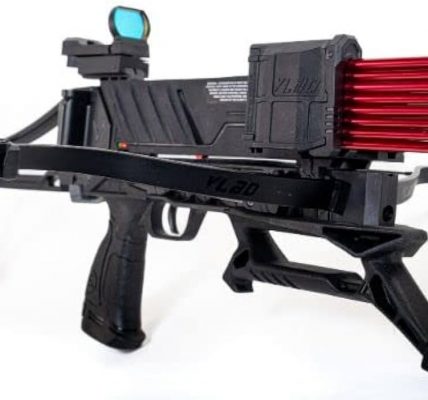Small arms are a broad category of firearms designed for individual use, including handguns, rifles, shotguns, and submachine guns. In the United States, the ownership and use of small arms are deeply ingrained in the nation’s culture and history, leading to a complex landscape of laws, regulations, and societal debates.
Categories of Small Arms
- Handguns:
- Revolvers: Firearms that use a rotating cylinder to hold cartridges.
- Pistols: Semi-automatic firearms that use a slide or recoil system to eject spent casings and load new rounds.
- Machine Pistols: Fully automatic handguns designed for close-quarters combat.
- Rifles:
- Bolt-Action Rifles: Rifles that require the bolt to be manually cycled after each shot.
- Semi-Automatic Rifles: Rifles that automatically eject spent casings and load new rounds but require a trigger pull for each shot.
- Fully Automatic Rifles: Rifles that fire continuously as long as the trigger is held down.
- Designated Marksman Rifles (DMRs): Rifles designed for precision shooting at extended ranges.
- Shotguns:
- Firearms that fire a shell containing multiple pellets or a single slug.
- Used for hunting, self-defense, and law enforcement.
- Submachine Guns:
- Fully automatic firearms designed for close-quarters combat and typically chambered in pistol cartridges.
Historical Context and Cultural Significance
The United States has a long history of gun ownership, dating back to the founding of the nation. The Second Amendment of the U.S. Constitution protects the right of individuals to keep and bear arms, which has been a subject of ongoing debate and legal challenges. Gun ownership has played a significant role in American history, from the frontier era to modern-day self-defense and sporting activities.
Gun Laws and Regulations
The United States has a complex patchwork of gun laws that vary from state to state. While the federal government regulates the sale and possession of certain firearms, individual states have their own laws governing gun ownership, licensing, and carrying. This has led to a wide range of regulations, from relatively restrictive to more permissive.
Gun Violence and Public Safety
Gun violence is a significant public health issue in the United States, with thousands of deaths and injuries occurring each year. Mass shootings, in particular, have garnered widespread attention and fueled debates over gun control measures. Efforts to address gun violence have focused on a variety of approaches, including stricter gun laws, mental health interventions, and community-based programs.
Gun Culture and Ownership
Gun ownership remains a popular pastime for many Americans, with millions of people owning firearms for self-defense, hunting, and sport shooting. Gun culture is deeply ingrained in certain segments of American society, and gun ownership is often seen as a fundamental right and a symbol of individual liberty.
The Ongoing Debate
The issue of gun control in the United States remains highly contentious, with strong arguments on both sides of the debate. Proponents of gun control argue that stricter regulations are necessary to reduce gun violence, while opponents contend that such measures infringe on the Second Amendment and do not address the root causes of violence.
In conclusion, small arms play a significant role in American society, both culturally and legally. The ongoing debate over gun control reflects the complex interplay between individual rights, public safety, and the historical context of gun ownership in the United States.




